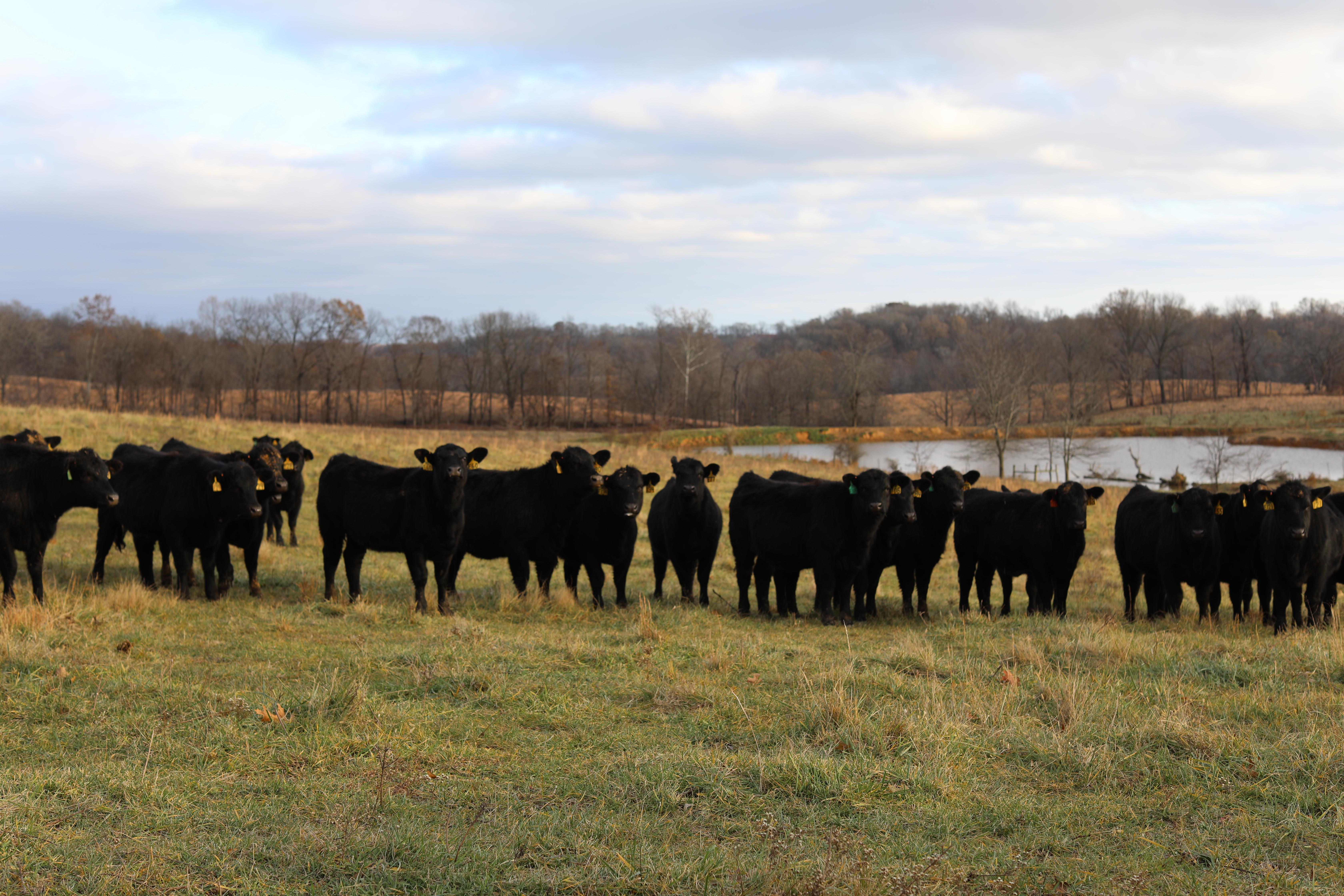On Tuesday Laura shared a video on the breakeven calculator we created to help you estimate the value of your high-quality feeder cattle. You can download it for free here, then follow along as I walk through it.
A breakeven calculator is not a new tool and every feedlot manager uses one. It takes expected selling price of finished cattle (as in Live Cattle futures) and the estimated cost of feeding them to calculate what the feedlot should pay to cover all costs or “break even.” These tools work great for cattle of “average” performance and carcass merit.
What’s unique to this calculator, developed by our own Paul Dykstra? It can apply expected carcass merit and grid pricing results to more precisely value any set of feeder cattle with an eye toward beef quality.
Here’s the key: If you produce above-average cattle, you must know what they’re worth to benefit from your extra effort. Continue reading “How to break even, Part II”


